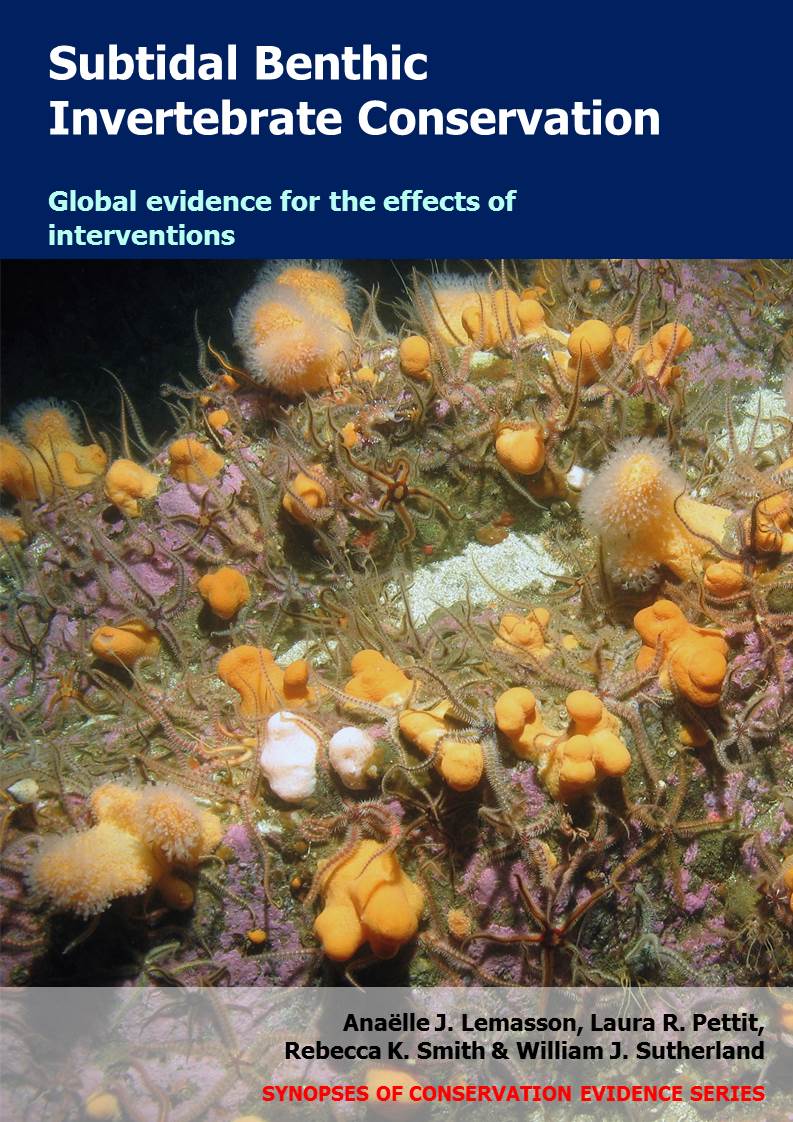Set or improve minimum sewage treatment standards
-
Overall effectiveness category Unknown effectiveness (limited evidence)
-
Number of studies: 1
View assessment score
Hide assessment score
How is the evidence assessed?
-
Effectiveness
23% -
Certainty
28% -
Harms
0%
Study locations
Supporting evidence from individual studies
A before-and-after, site comparison in 2001–2009 of four rocky seabed sites in Plentzia Bay, southern Bay of Biscay, northern Spain (Bustamante et al. 2012) found that improving the treatment of sewage wastewaters before discharge at one impacted site did not result in changes in invertebrate community composition or diversity after three years. Community composition did not change over time at the impacted site nor at three adjacent unimpacted sites, and communities appeared to be similar at all sites both before and after sewage treatment improvement (data reported as statistical model results and graphical analyses). In addition, diversity did not change at the impacted site or unimpacted sites over time (data reported as five diversity indices). Total species cover significantly increased at 8 m depth at the impacted site (before: 14–20%; after: 42–46%) compared to the unimpacted site (before: 3–42%; after: 4–42%), but not at 3 m depth where cover changed similarly at the impacted site (before: 11–20%; after: 31–63%) and the unimpacted sites (before: 5–50%; after: 23–98%). Raw sewage had been released into the intertidal area at the study area for 40 years until physical-chemical treatment was introduced in 1998. In 2006, a secondary biological treatment was introduced. Every two years between 2001 and 2009, one impacted site and three adjacent unimpacted sites were surveyed. Six locations/site were surveyed in summer (three at 3 m depth, three at 8 m). Invertebrate species were counted, and their cover visually estimated in three 40 x 40 cm quadrats.
Study and other actions tested
Where has this evidence come from?
List of journals searched by synopsis
All the journals searched for all synopses
This Action forms part of the Action Synopsis:
Subtidal Benthic Invertebrate Conservation





)_2023.JPG)














